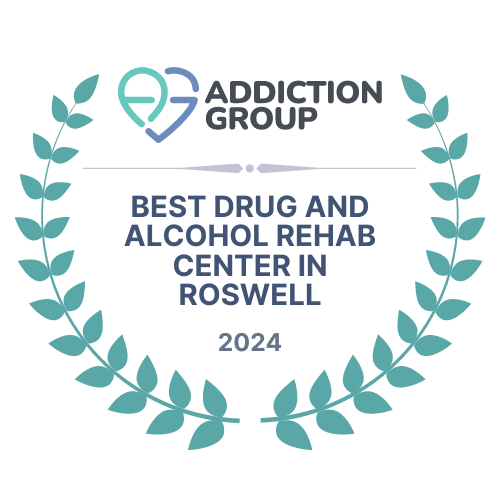Opioid addiction is a complex issue that requires multifaceted solutions. While medications like Suboxone play a pivotal role in managing withdrawal symptoms and curbing cravings, achieving long-term sobriety often requires addressing underlying psychological and behavioral factors. Enter behavioral therapy. By combining Suboxone treatment with behavioral therapy, patients can enhance their chances of a successful recovery.
Understanding the Role of Suboxone
Before delving into the integration of therapy, it’s crucial to grasp Suboxone’s role:
Curbing Cravings: Suboxone reduces the brain’s demand for opioids, making the journey towards sobriety more manageable.
Mitigating Withdrawal Symptoms: The medication alleviates the severe withdrawal symptoms that often deter individuals from quitting opioids.
Reducing Potential for Misuse: The inclusion of naloxone in Suboxone acts as a deterrent for misuse, preventing potential overdoses.
The Power of Behavioral Therapy in Addiction Treatment
Behavioral therapy focuses on identifying and changing destructive or unhealthy behaviors. For opioid addiction, this therapy addresses the root causes, triggers, and coping mechanisms. Some of its benefits include:
Understanding Triggers: Behavioral therapy helps patients recognize the situations, emotions, or events that drive them to misuse opioids. By understanding these triggers, individuals can develop strategies to avoid or cope with them.
Developing Healthy Coping Mechanisms: Therapy introduces coping skills that replace the need for opioids. This might include stress-reducing techniques, distraction methods, or seeking out support.
Building Self-Esteem and Self-Worth: Many battling addiction struggle with low self-esteem. Behavioral therapy can empower them to see their worth beyond addiction, building resilience against relapse.
Synchronizing Suboxone and Behavioral Therapy: A Holistic Approach
When combined, Suboxone and behavioral therapy offer a comprehensive treatment approach:
Phase 1 – Stabilization: Suboxone is introduced to stabilize the patient, managing withdrawal and cravings. During this phase, initial therapy sessions help establish trust and set recovery goals.
Phase 2 – Intensive Therapy: As the patient becomes more stable, therapy intensifies. Sessions delve into root causes, past traumas, and the development of coping mechanisms. Suboxone continues to support by keeping cravings at bay.
Phase 3 – Maintenance and Skills Building: As the individual progresses, therapy focuses on strengthening coping skills and building a support system. Suboxone doses might be adjusted or tapered based on the individual’s needs.
Phase 4 – Tapering and Continued Support: Eventually, the goal might be to taper off Suboxone. Behavioral therapy then addresses any fears or anxieties about this process and reinforces coping strategies.
The End Goal: Sustainable Recovery
The beauty of integrating Suboxone treatment with behavioral therapy lies in addressing both the physiological and psychological facets of addiction. While Suboxone manages the physical symptoms and reduces cravings, therapy addresses the emotional and behavioral aspects.
By tackling addiction from all angles, patients stand a better chance at not only achieving sobriety but maintaining it in the long run. It’s a reminder that addiction recovery is not just about eliminating drug use but about rebuilding lives, mending relationships, and fostering personal growth.








